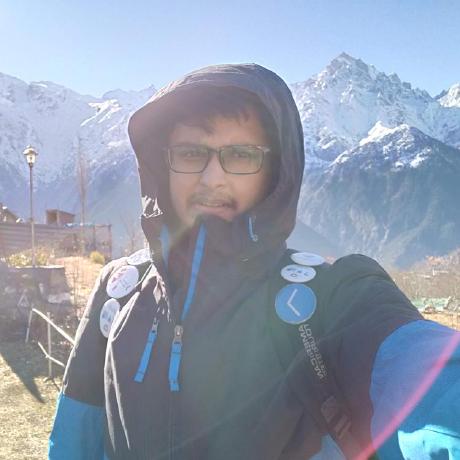
simple-image-recaptioning
Recaption large (Web)Datasets with vllm and save the artifacts.
APACHE-2.0 License
simple-image-recaptioning
Recaption large (Web)Datasets with vllm and save the artifacts. It is NOT a library. It, instead, provides reference points that you're free to use and modify.
[!NOTE] I use the code of this repository for my projects and I don't claim this project to be out of the world. If you want to contribute an enhancement feature, you're more than welcome to open a PR. I'd greatly appreciate it.
Getting started
Install the requirements: pip install -r requirements.txt. Then run:
python main.py \
--data_path="https://huggingface.co/datasets/pixparse/cc3m-wds/resolve/main/cc3m-train-0000.tar"
This will recaption a single shard of the CC3M dataset and will serialize the artifacts inside a directory called sample_outputs. This directory will have:
- The original image with its hash as its filename.
- A JSON file with the same hash as the filename containing the original and predicted captions.
If you want to use multiple shards then do:
# full CC3M training set
python main.py \
--data_path="pipe:curl -s -f -L https://huggingface.co/datasets/pixparse/cc3m-wds/resolve/main/cc3m-train-{0000..0575}.tar"
You can allow watermark detection by passing --detect_watermarks. Note that this will require the following things:
-
onnxandonnxruntimedependencies. - Install
pip install git+https://github.com/sayakpaul/watermark-detection. Then follow the steps to obtain the ONNX model needed for watermark detection.
By default, the script will use all the available GPUs. Refer to the main.py script for a full list of the supported CLI arguments.
I tested the above commands on two A100s and on eight H100s.
Principles
-
Recaptioning large image datasets has become a da-facto standard for the image generation community. So, I wanted to have a simple-yet-performant utility that would allow me to recaption large image datasets like CC3M. This is why, I chose
vllmas it provides optimized inference across multiple GPUs off-the-shelf. -
webdatasetis a common format used by practitioners to conduct training on large-scale datasets. So, I chose that as an entrypoint. Specifically, I assume that your image-caption pair dataset is already sharded into multiplewebdatasetarchives. Refer here as an example. -
I need to be able to use multiple GPUs, overlapping communication and computation. But this project also works with a single GPU.
-
There has to be artifact serialization. This project serializes the original image, original caption, and the predicted caption in separate threads, not blocking the GPU(s).
-
There has to be watermark detection in the data curation pipeline at minimum. Otherwise, it messes up with the generation quality. In this project, it happens during dataloading. To not clog the processes, we make use of ONNX for fast CPU-based inferencing.
-
Failures can happen during the captioning process so we need to able to avoid duplication. I have added a simple
ExistsFilterfilter to filter out the existing images that were serialized before interruptions.
Code organization and modification
Ultimately, you'd want to modify the codebase to suit your needs.
.
├── config.py -- specifies the prompt to be used to generate the captions and model id.
├── data_processing.py -- webdataset loading and processing code including watermark detection and caching.
├── main.py -- main entrypoint.
├── model.py -- loads the vllm engine and houses the simple inference function.
└── utils.py -- misc utilities.
If you have anything to modify, feel free to go into these files and modify them as per your needs.
Handy tips
- A good chunk of data processing used
PIL. Simply replace yourPillowinstallation to usePillow-SIMDfor better speed. - Use
hf_transferfor faster downloads from the Hugging Face Hub. Refer here to know more.
Known limitations
Would really appreciate some contributions too :-)
- I believe the cache management system could be a bit optimized. It's likely IO bound, currently. Relevant links: 1, 2.
- Better placement of the watermark detection module. I placed it inside the data pipeline because I wasn't sure how to make gel well with
vllm. But this restricts higher throughputs a bit. - Be aware of this issue and this fix in
vllm.
Acknowledgements
- Thanks to
vllmfor the amazing project. - Thanks to
webdatasetfor scalability. - Thanks to Claude for pairing.
- Thanks to Hugging Face for letting me explore this and providing GPUs.